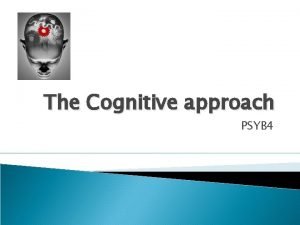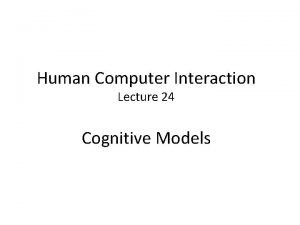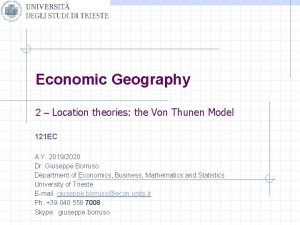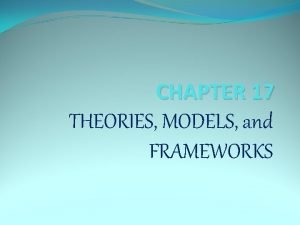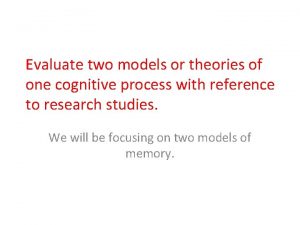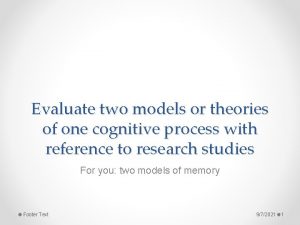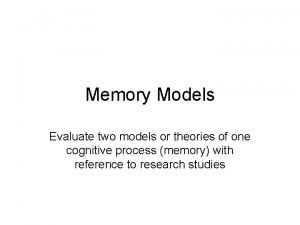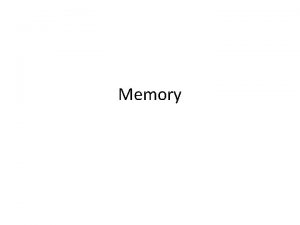Evaluate two models or theories of one cognitive







- Slides: 7

Evaluate two models or theories of one cognitive process with reference to research studies For you: two models of memory Footer Text 9/25/2021 1

1. The multi-store model of memory • Atkinson and Shiffrin 1968 • Based on the assumption that memory consists of a number of separate stores and that memory processes is sequential • Sensory memory (1 -4 seconds) • STM (6 -12 seconds, 7+/-2 ) • LTM (unlimited) Footer Text 9/25/2021 2

1. The multi-store model of memory • Evidence: • Glanzer and Cunitz 1966: the serial position effect (free recall experiements) Suggests that people remember things better if they are either first (primacy effect) or last (recency effect) in a list (in the middle the least) • You can also use H. M and Clive as support of the model Footer Text 9/25/2021 3

Evaluation Strengths 1. has helped to describe and understand how memory works 2. to test memory 3. has been shown in research that we have different ”systems/stores” of memory 4. Focus on the entire memory system Limitations 1. Simplistic 2. Doesn’t explain how interactions between the different stores take place 3. Later research has shown that STM is more complex and that LTM has several stores (instead of one) Footer Text 9/25/2021 4

2. The working memory model • Baddeley and Hitch 1974 Footer Text 9/25/2021 5

Evidence • Baddeley and Hitch 1974 • Dual task experiment (showing that working memory has different ”slave” systems) • Had to read prose and understand it and at the same time remember numbers. Results showed that the participants needed more reasoning time and if the numbers were six the task was impaired but not if only three numbers. • Should we test it? • Evaluation? Footer Text 9/25/2021 6

Evaluation Strengths 1. Provides a more thorough explanation of the STM than the multi-store model of memory 2. Useful to understand cognitive tasks 3. Explains multi-tasking 4. Working memory capacity has been connected with intelligence, mathematical performance (Eysenck 1988, Holmes et al 2008) Limitations 1. the nature and role of the central executive is still unclear 2. Focus mostly on the STM (not the entire system) Footer Text 9/25/2021 7
